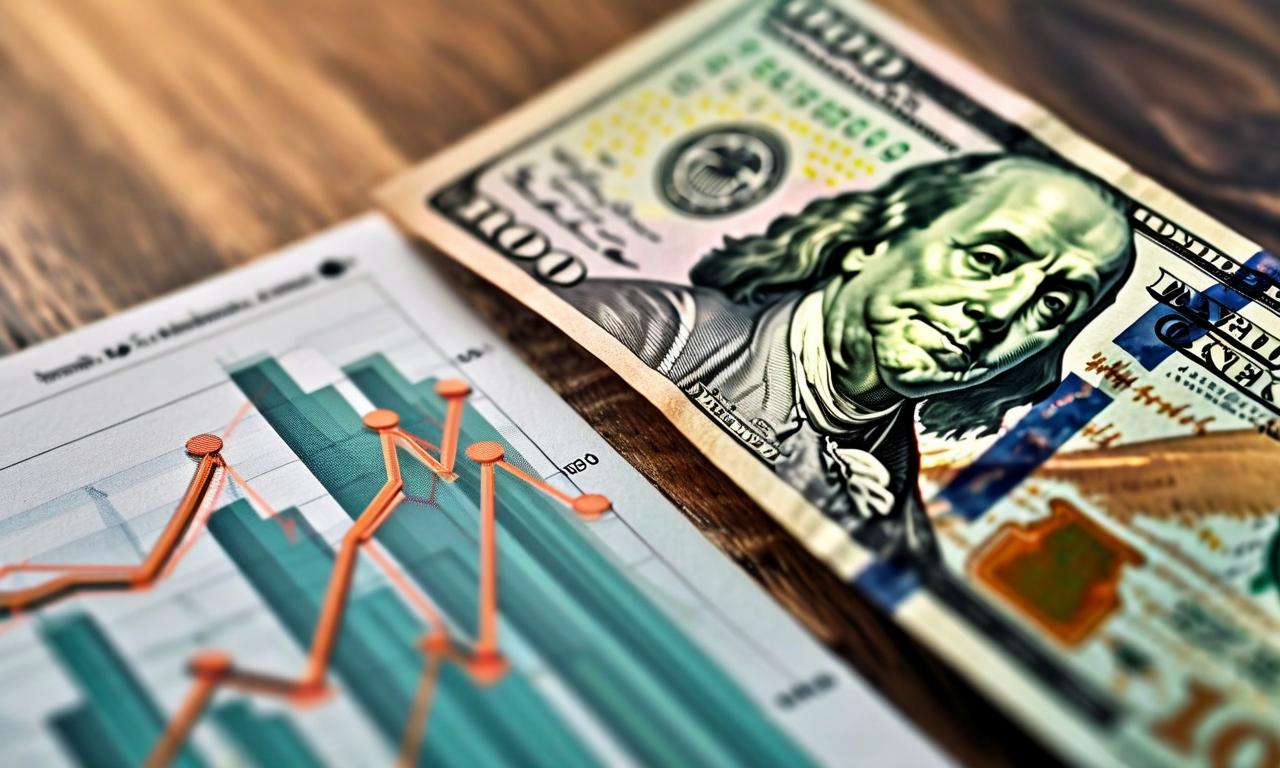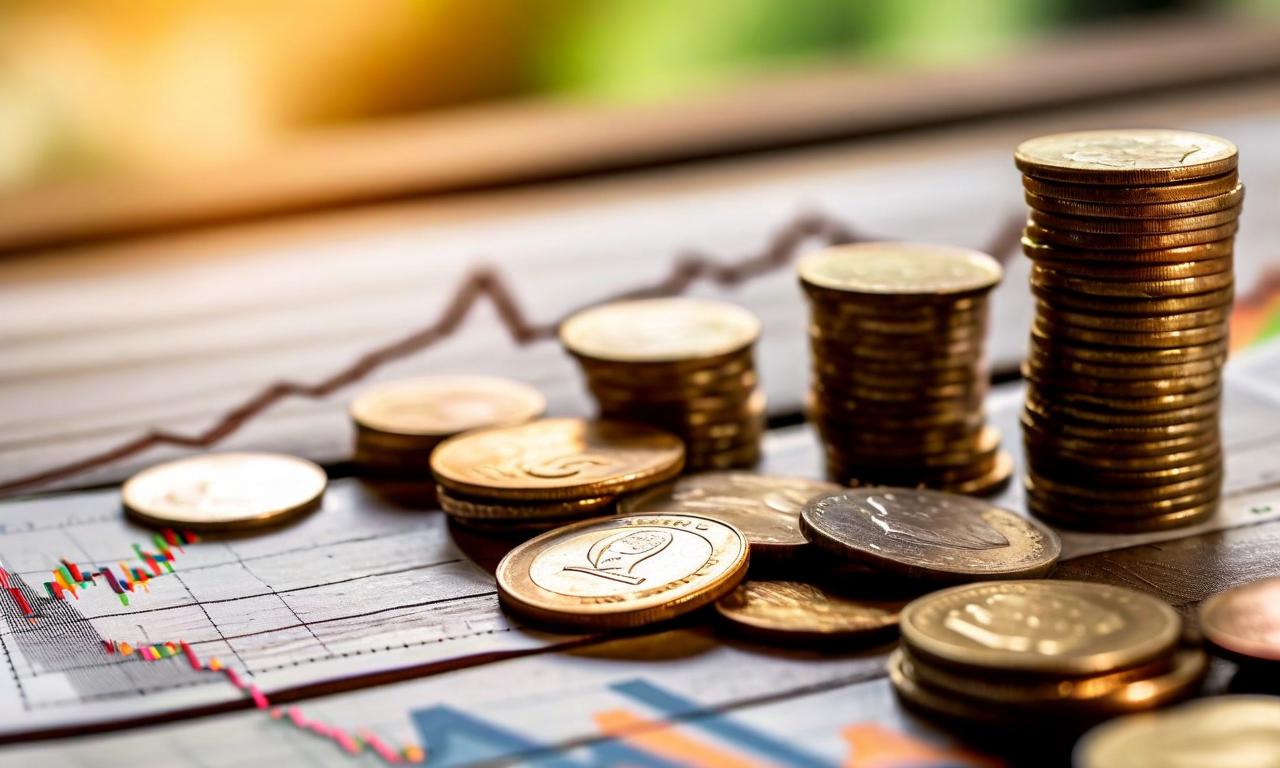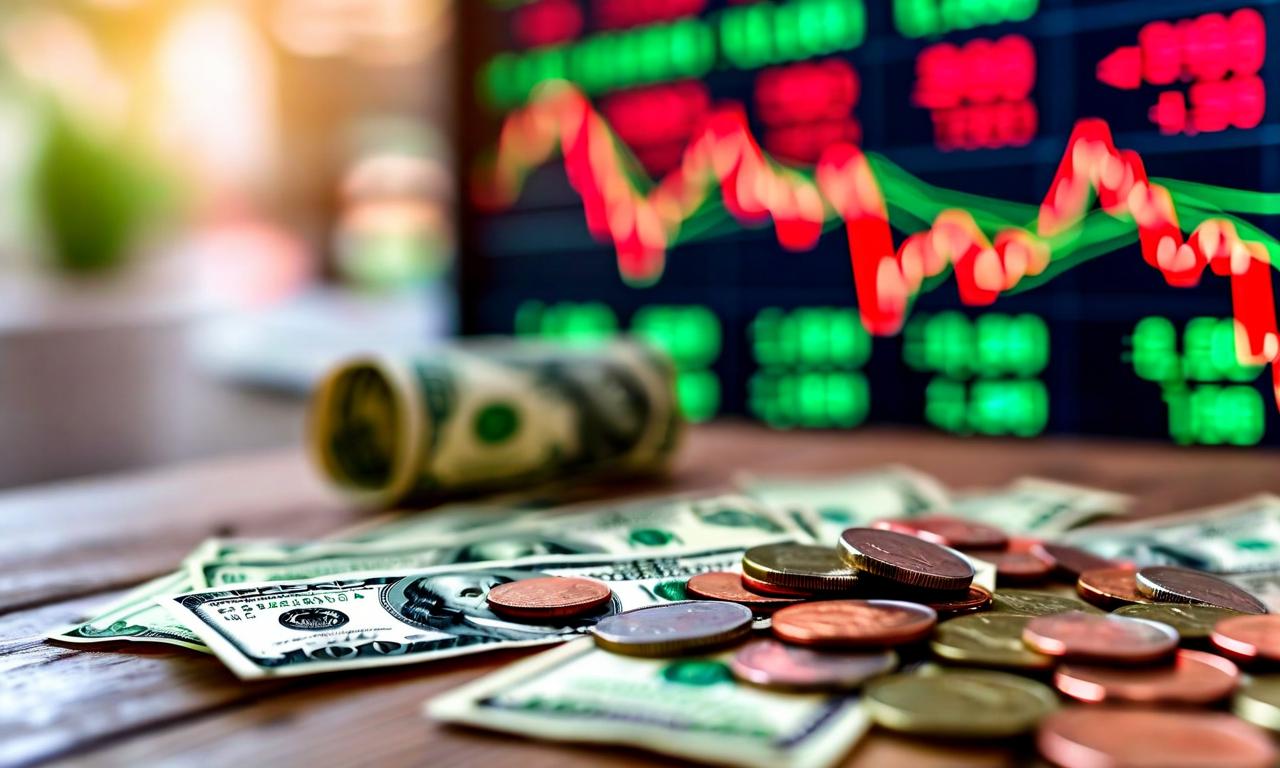Indian Rupee Hits Record Low of 88.7975 Against Dollar Amid U.S. Tariff and Visa Fee Pressures
The Indian rupee has reached a new record low of 88.7975 against the US dollar. Factors contributing to this decline include U.S. visa fee hikes, reduced foreign equity flows, and global risk-aversion. The rupee closed at 88.7550, falling 0.5% in its steepest drop in nearly a month. Meanwhile, the 10-year benchmark bond yield rose slightly to 6.50%. Despite the rupee's decline, India's Chief Economic Advisor remains confident in the economy's resilience, citing ample foreign exchange reserves and low external debt.

*this image is generated using AI for illustrative purposes only.
The Indian rupee has reached a new all-time low of 88.7975 against the US dollar, surpassing its previous record. This decline comes as Indian government bonds also saw a slight dip in early trading, with traders awaiting central and state government borrowing calendars.
Factors Contributing to Rupee's Decline
Several factors have contributed to the rupee's weakness:
- Pressure from U.S. visa fee hikes and reduced foreign equity flows
- Foreign Portfolio Investors (FPIs) selling shares worth ₹2,910.09 crore
- Continued buying of dollars
- Global risk-aversion and trade policy uncertainty
- Concerns over 50% U.S. tariffs on Indian goods
- Sharp increases in H-1B visa fees threatening IT sector profits
Currency Market Developments
- The rupee opened at 88.41 before touching the record intraday low of 88.7975
- The rupee closed at 88.7550, declining 0.5% in its steepest drop in nearly a month
- The currency has fallen over 3.5% this year, making it one of the region's worst performers
- The dollar index traded 0.04% higher at 97.38
- Brent crude was down 0.51% at $66.23 per barrel
Bond Market Developments
- The 10-year benchmark yield rose to 6.50% from the previous close of 6.49%
- New Delhi's second-half debt plan and states' quarterly borrowing calendar are expected by end-September
- Market participants have recommended the Reserve Bank of India (RBI) reduce ultra-long bond proportions and cut weekly auction sizes
- The RBI has advised states to spread borrowing across different tenures
- India's Chief Economic Adviser stated that second-half borrowing will remain unchanged
- Indian states are set to raise ₹270.00 billion through bond sales
Overnight Index Swap Rates
Overnight index swap rates have increased:
| Term | Rate |
|---|---|
| One-year | 5.45% |
| Five-year | 5.73% |
Impact on IT Sector and Remittances
- India's IT stocks fell 0.7%, adding to an 18% decline year-to-date
- HSBC economists estimate that 5.4 million Indians in the U.S. send approximately $33 billion in remittances annually
- Potential restrictions on 80,000 new visa applicants could reduce inflows by $500 million
Government and RBI Stance
Despite the rupee's decline, India's Chief Economic Advisor (CEA) Anantha Nageswaran has expressed confidence in the Indian economy's resilience, citing:
- India's ample foreign exchange reserves
- The country's low external debt
Nageswaran suggested that the current weakness could be due to either higher dollar demand or lower portfolio inflows, and might support export competitiveness to a limited extent.
The central bank intervened to support the rupee but appeared willing to allow gradual weakening rather than defend a specific level.
Inflation Outlook
The CEA provided an optimistic inflation forecast:
- Inflation trends are expected to remain 'fairly benign' until the end of the next calendar year, assuming normal monsoon conditions
- Inflation is anticipated to stay controlled into 2026
Market Dynamics
While IPO launches worth ₹7,500.00 crore brought some inflows, these were absorbed by large dollar purchases. The Federal Reserve is expected to cut rates by 25 basis points with 89% probability, which could influence currency movements.
Domestic equity markets also declined:
| Index | Change | Closing Level |
|---|---|---|
| Sensex | -271.99 | 81,887.98 |
| Nifty | -80.65 | 25,121.70 |
However, broader equity indexes remained largely unchanged.
Investors and market participants will likely closely monitor these trends in the coming months, particularly the movement in bond yields and the rupee's performance against major currencies.
















































